Hisense gaining ground in US through Netflix
The cooperation between Hisense and Netflix should continue to open both the US to Hisense and China to Netflix, especially given Netflix increasing proportion of successful original programming (House of Cards, Orange is the New Black) and wide range of content streaming deals, and the Chinese focus on ‘smart TVs’, which allow a direct streaming connection to content. When looking at the Best Buy on-line ‘smart TV” offerings, one notes that Hisense is the only Chinese TV brand offered within the first 169 smart TVs (out of 183) and appears on the first page, along with LG (066570.KS)), Sharp (6753.JP), Samsung and Insignia (Best Buy private label)
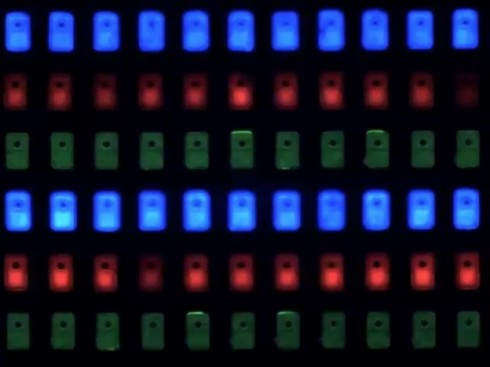
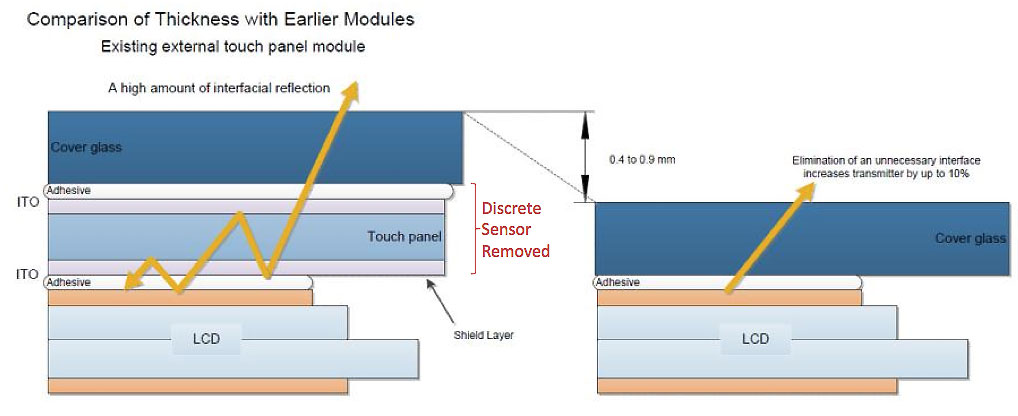
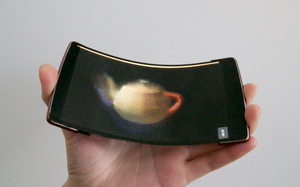


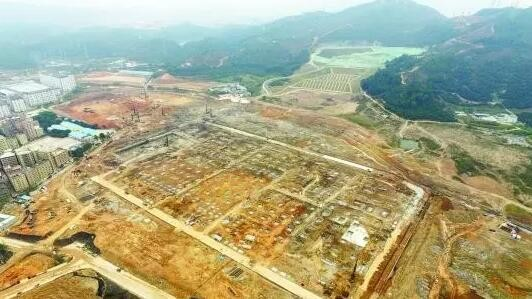
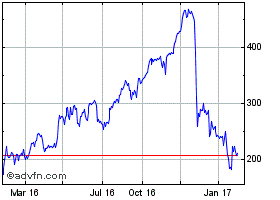
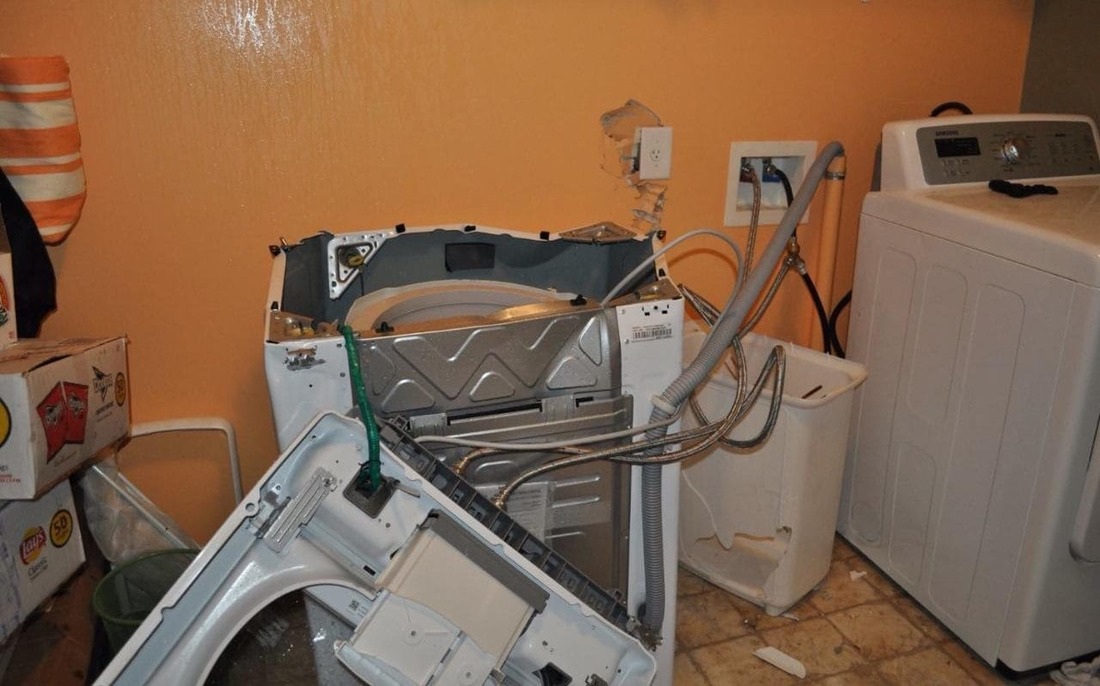
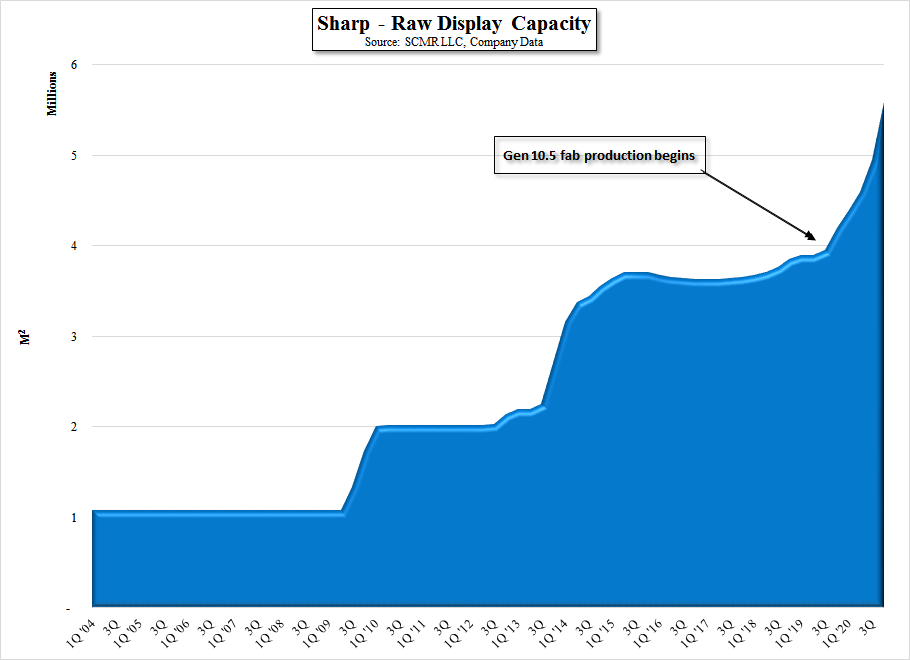
 RSS Feed
RSS Feed